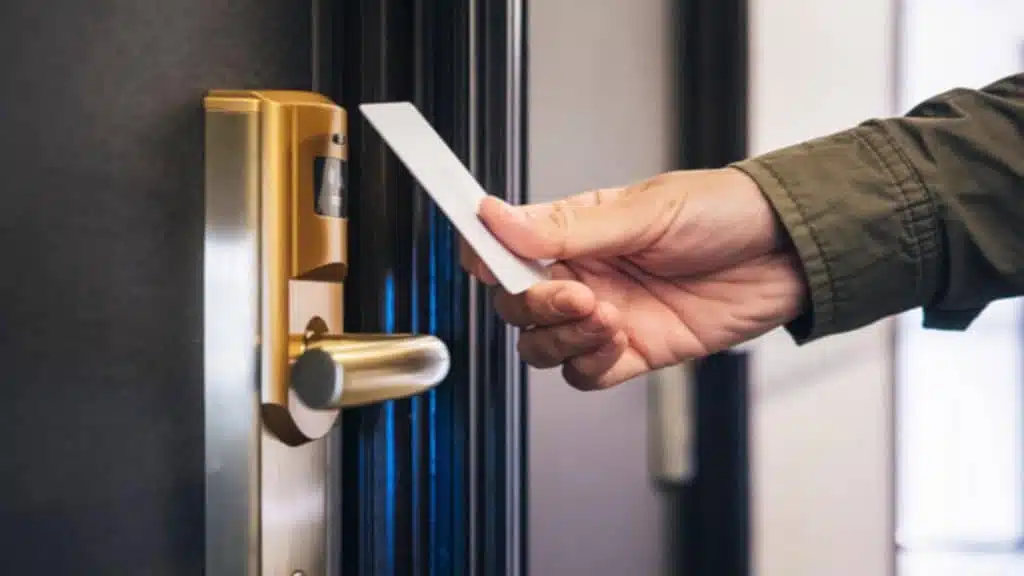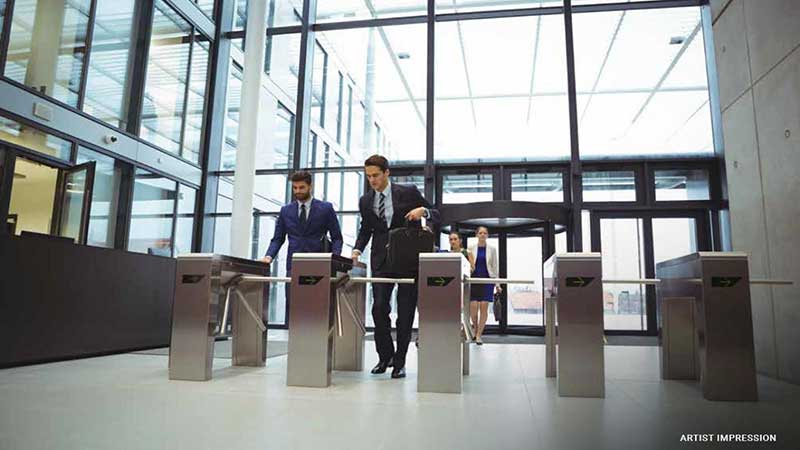Access Control Systems
The Future of Everyday Protection
Introduction to Integrated Physical Security Solutions
In an increasingly connected and digital world, security and safety have become paramount. The traditional paradigm of physical security has evolved significantly, and today’s state-of-the-art solutions merge IP-based video surveillance, access control, automatic license plate recognition (ALPR), communications, and analytics. This unified approach to security is paving the way for a safer, more secure future.
Benefits of Integrated Physical Security Solutions:
- Increased Security and Protection
- Enhanced Efficiency
- Flexibility and Scalability
- Informed Decision Making
- Reduced human error in security monitoring
- Cost-Effectiveness
- Traffic management for improved safety and efficiency
Conclusion:
In conclusion, integrated physical security solutions bring together the best of IP-based video surveillance, access control, ALPR, communications, and analytics. They offer increased security and protection, enhanced efficiency, flexibility, informed decision-making, and cost-effectiveness, making them an invaluable asset in today’s security landscape. These solutions signify a major step forward in the physical security industry, offering an adaptable and efficient approach to ensuring safety and security in our increasingly digital world.



